An Introduction to the Masters of Street Photography

It's important to study the work of famous street photographers, as they are most likely famous for a reason, and quite possibly masters of the genre (you are nothing without those who walked the streets before you). Of course they could also be famous because they were in the right place at the right time and knew the right people! But for the purposes of this post — let's not go there!
So when I say study, I don’t mean glance at, scroll through or have a quick Google, I mean “study”. These days we tend to consume photographs on social media like we are in a race to see as possible. How long does it take to scroll on Instagram? You probably spend less than a second on one photograph. That’s crazy, right? Slow down… Take a breath… Spend time on one photo (and preferably on a bigger screen). It’s also great for your mental health to slow down bit… Take some time, look at a body of work, learn about the artist’s life and inspirations, look for themes and ideas and approaches that run through it, make notes! There’s much to learn from different photographers.
In this introduction to some of the masters of street photography I’d like to share some brief notes about what they have taught me through their work. Putting together a list like this was daunting because I have been inspired by so many. So to help narrow the selection I’ve chosen photographers who are no longer with us, and who have varying styles to one another. This list, in my opinion contains some of the best street photographers who have ever lived. Also, I should mention that they are listed in no particular order!!!
- Henri Cartier-Bresson (1908-2004)

The more time I spend looking at Henri Cartier-Bresson’s photographs the more appreciation I have for their perfection, and his ability to compose and shoot the way he did without cropping (aside from one notable documented exception), and without the luxury of a digital camera. Some might argue that his work is missing something raw or spontaneous, because of his desire for the perfect composition… but for HCB it was a "sensual pleasure" to see shapes and geometry, and arrange the elements in the frame along with a human subject. The whole frame (and nothing but the frame!) mattered to him. The moment or subject alone was not enough. He looked for lines, triangles, squares, curves, shadows, and shapes.
DISCOVER MORE
The Mind's Eye: Writings on Photography and Photographers by Henri Cartier-Bresson
Henri Cartier-Bresson: Photographer by Yves Bonnefoy, Henri Cartier-Bresson
- Vivian Maier (1926-2009)

I like to reverse engineer photography that I believe is good photography, as I want to understand what makes it good, and what strikes me most about Vivian Maier's photos is that we are truly seeing the world uncensored through her eyes (especially when you understand and appreciate her story — or what we know of it!). There's almost a childlike curiosity in the observations she captured with her camera, be it something happening, someone interesting or some detail. And I should mention she also made films and recorded interviews with people. Her curiosity was endless! And you can see, through her very extensive collection of self-portraits that she was equally curious about herself.
DISCOVER MORE
Vivian Maier: Street Photographer by John Maloof, Vivian Maier
Vivian Maier: The Color Work by Colin Westerbeck
- Lars Tunbjörk (1956-2015)
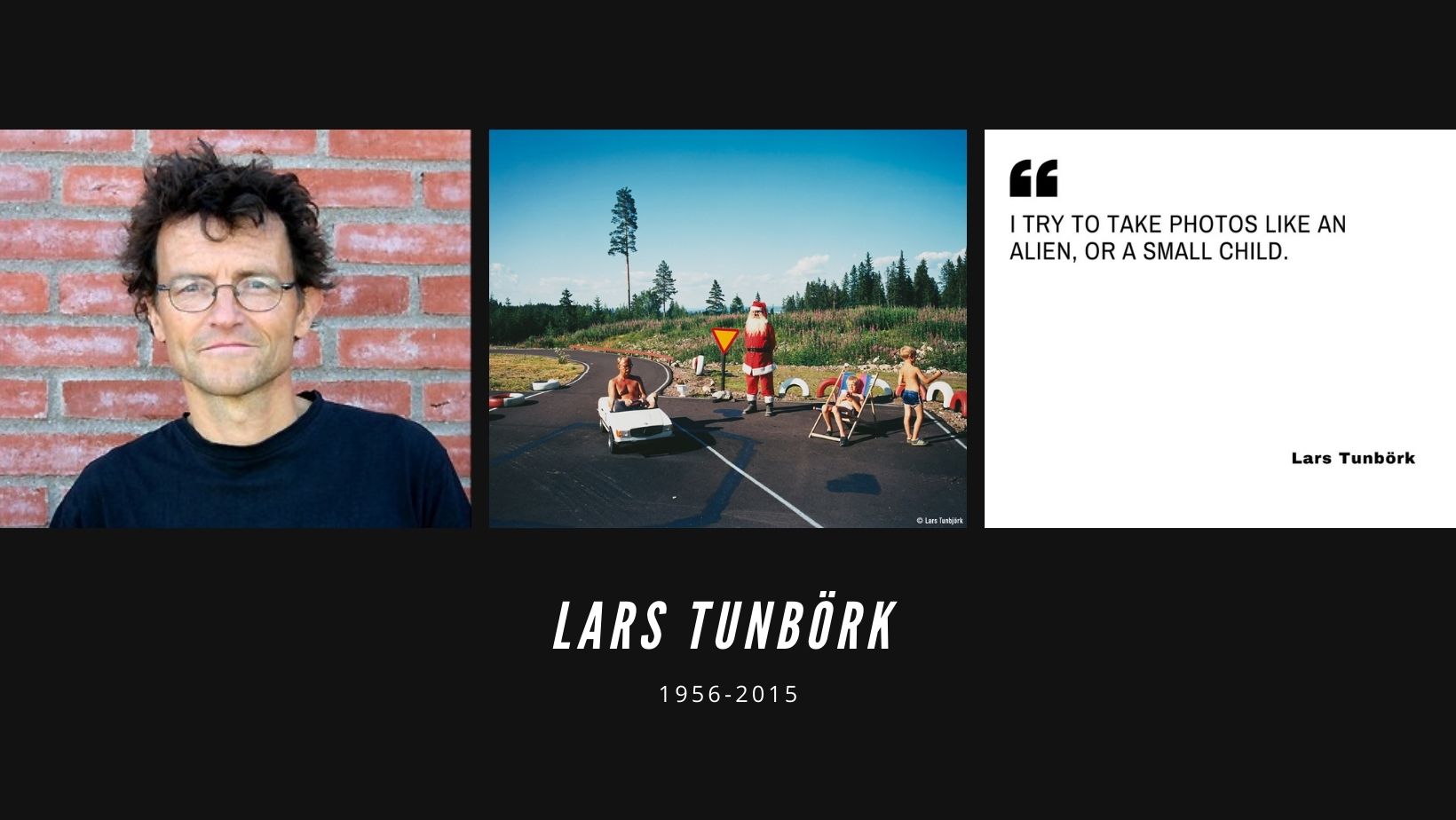
I only have to think of the work of Lars Tunbjörk and I find myself chuckling! He truly had an eye for the surreal and bizarre, but not only that he was a killer composer too. Sometimes you see photographers who are very good at finding quirky moments, and who capture them well enough, but without that much consideration for composition — the moment being seen as the priority. But Tunbjörk had a talent for composing the quirky! Not only that, but his use of colour was sublime — he seemed drawn bright primary colours in glorious light. How did he always seem to happen upon weird stuff going down on the streets of Sweden? Is Sweden just made that way? No, I believe it was because he was a master observer and was able to see the oddness of people and everyday life, that is happening around us all the time.
DISCOVER MORE
Lars Tunbjörk - retrospective by Lars Tunbjörk
Lars Tunbjörk - I love Borås! by Lars Tunbjörk
- Saul Leiter (1923-2013)

Saul Leiter was a painter as well as a photographer, and what I love about his photography is that he carried on “painting”, but used a camera instead of a brush. His use of limited colour palettes with that distinctive red running through his work, his ability to create abstraction from graphic elements found in the streets, and the ability to create almost collage-like pictures make his work unique (except for the fact that he inspired so many that you can see his style echoed in some contemporary photographer’s work). What is also interesting — and these are two things I don’t do — is his preference for shooting vertical compositions, and his use of compression made by telephoto lenses. And it’s also important to mention how much of his work incorporated anonymous subjects too, just showing you don’t always need a face.
DISCOVER MORE
All About Saul Leiter by Margit Erb, Saul Leiter
Forever Saul Leiter by Margit Erb, Saul Leiter
- Gordon Parks (1912-2006)
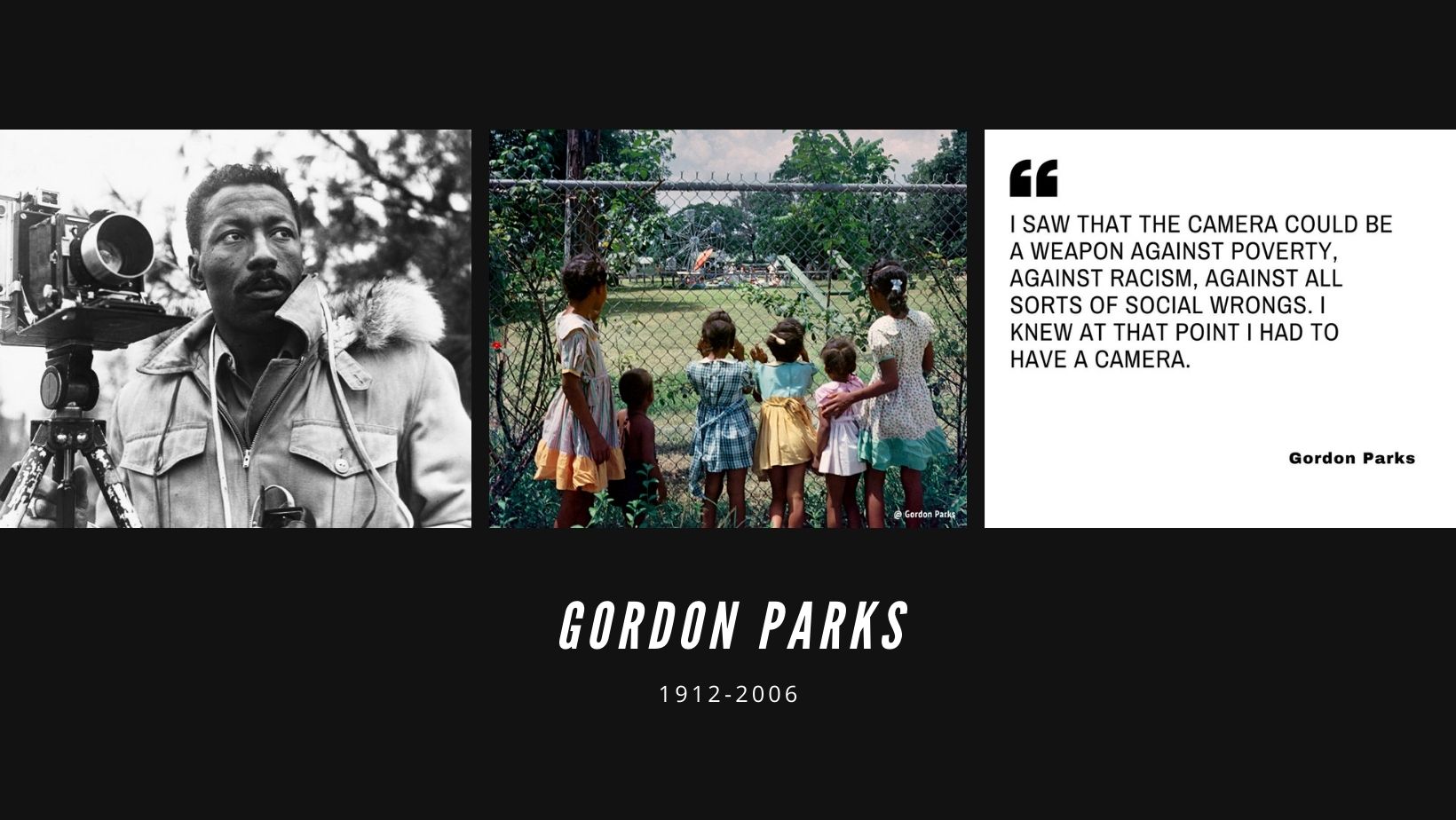
Well, this man’s life and career was extraordinary from start to end! His work ranged from fashion to photojournalism, and as a black man in the USA living through the 50s, 60s and 70s he was breaking ground that other people of colour had not yet done. The main thing to take-away from his work is his humanistic approach to his subjects regardless. He had a real respect for other people. His passion was to document black people’s stories of the era, so thanks to him we have an accurate account rather than through the “white gaze”. Doing this was so important to him that he also began to write the stories to go with his photo essays to ensure the truth was told. Gordon Parks was unstoppable, and should be an inspiration to anyone!
DISCOVER MORE
Gordon Parks: The Atmosphere of Crime, 1957 by Gordon Parks
Gordon Parks: The Making of an Argument by Gordon Parks
- Fan Ho (1931-2016)
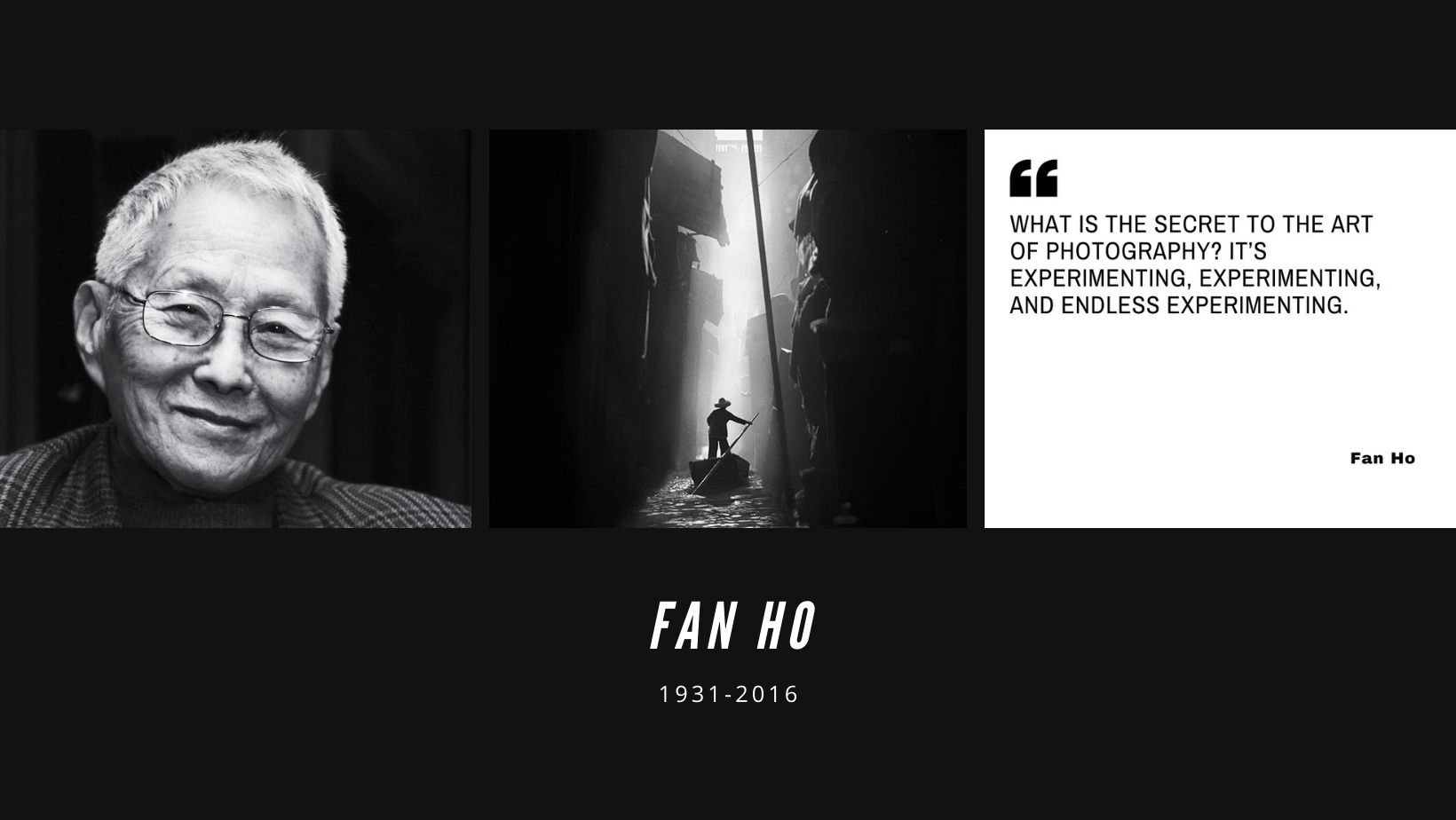
What I love about Fan Ho’s work is how cinematic it is. He really had a talent for making normal everyday life in Hong Kong look dreamy, with long shadows, backlighting, gorgeous monochrome tones with lots of geometry. His work really inspired me at the start of my photography journey as his approach is relatively minimal, sometimes with solitary figures against interesting backdrops, and very “fine art”. I would describe Fan Ho’s work more as urban street photography or urban photography, than street photographer per se. He did break my heart a bit though when I discovered one of my favourite photos by him had a shadow added in afterwards… why Fan, WHY?!!
DISCOVER MORE
Fan Ho - Hong Kong Yesterday by Fan Ho
Fan Ho - The Living Theatre by Fan Ho
- Tony Ray-Jones (1941-1972)
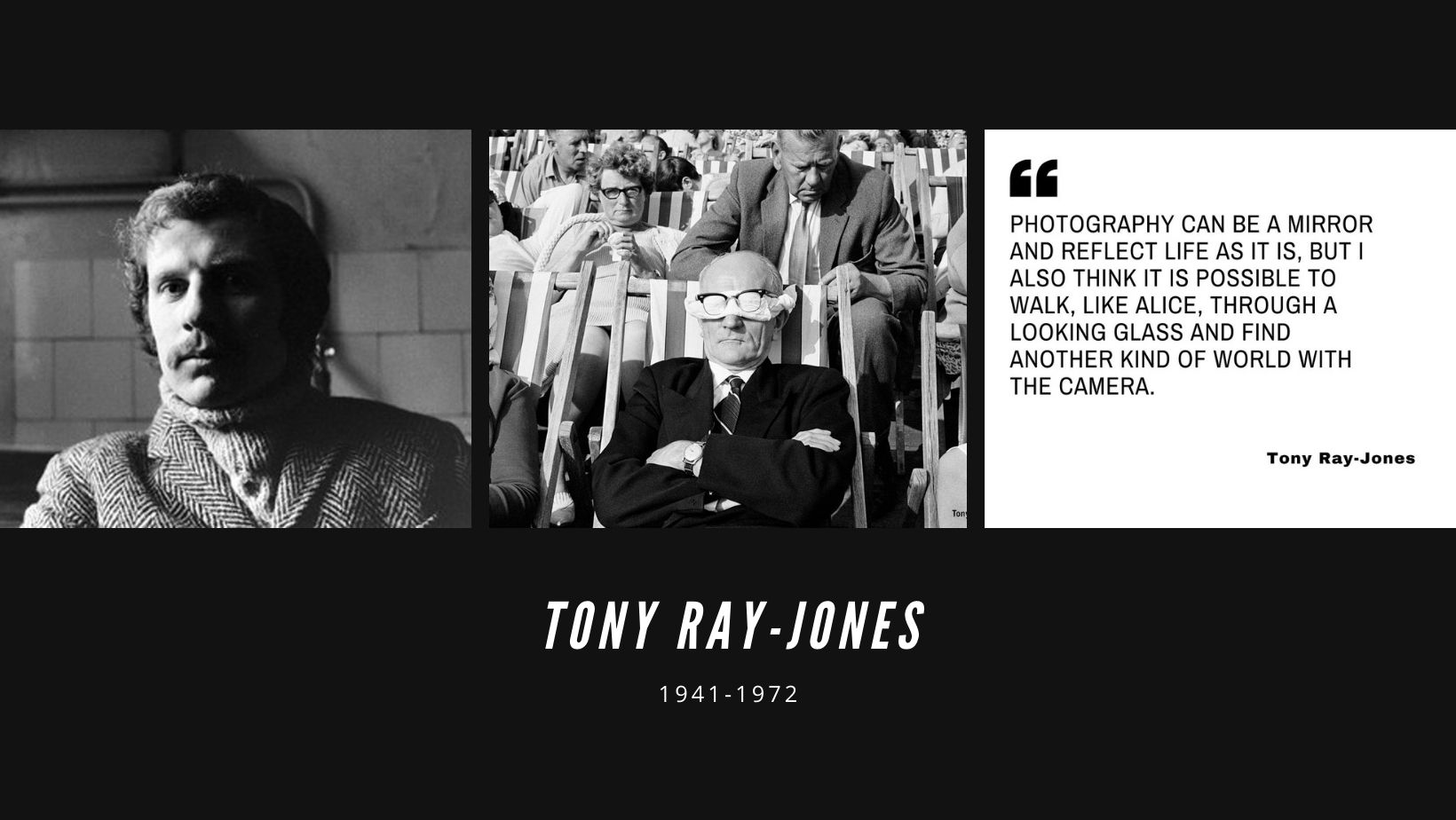
My first encounter with the wonderful work of Tony Ray-Jones was when I went to an exhibition of his and Martin Parr’s photography. I didn’t know a great deal about street photography at the time and was fascinated by the exhibition. I learned that he used to make notes with ideas and prompts of things to remember such as: “Don’t take boring photos.” So while at the exhibition I pulled out a pen and paper, and started taking my own notes analysing his work! I noted that he didn’t care how he cropped people at the edges of his scenes as long as the central scene drew the eye. I noted that he was often more interested in people watching something rather than what the people were watching, and I realised that TRJ had an enviable eye for seeing people being, well, normal weirdo people!
DISCOVER MORE
Tony Ray-Jones by Tony Ray-Jones
American Colour 1962-1965 by Tony Ray-Jones
- Helen Levitt (1913-2009)
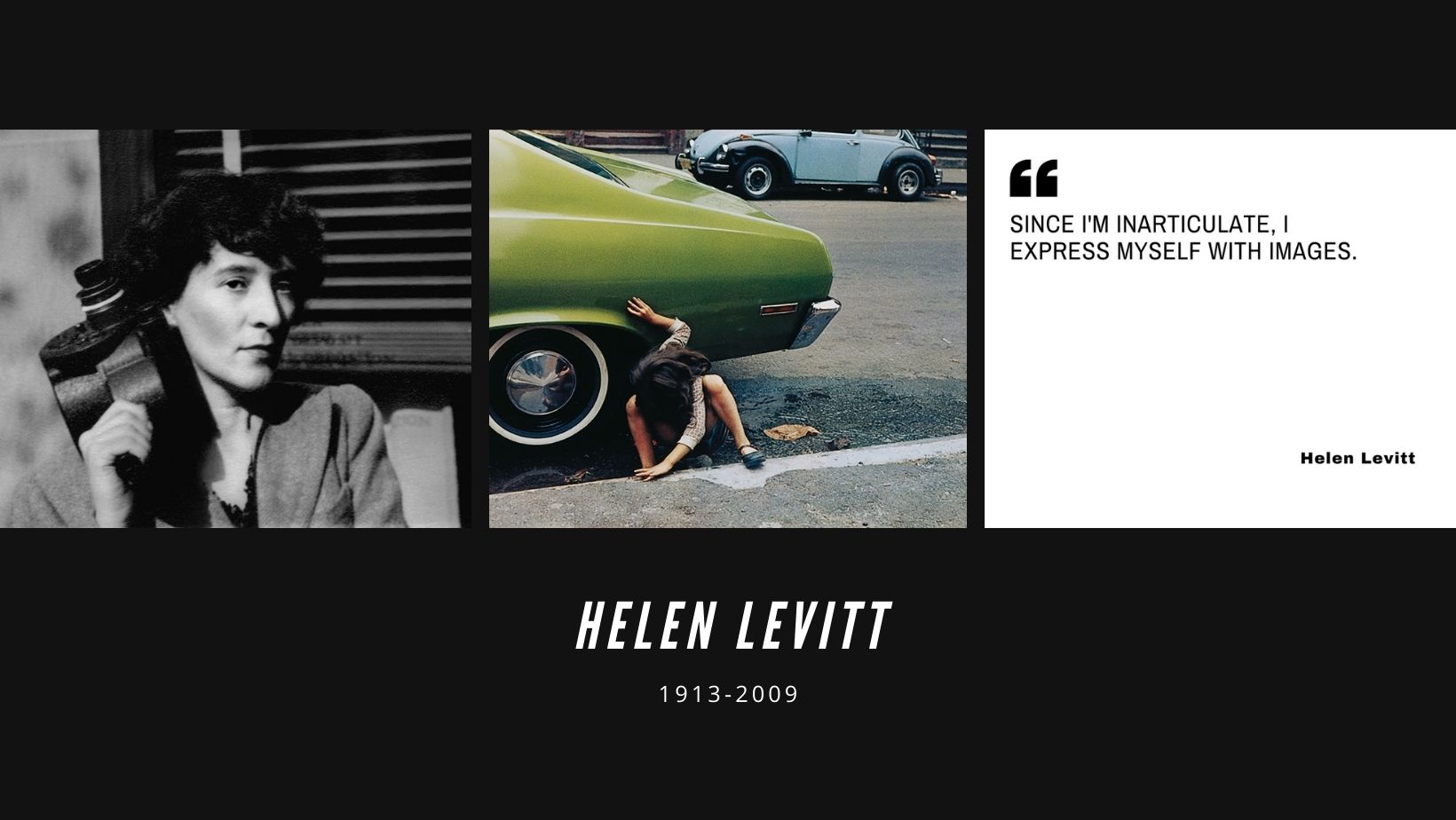
Helen Levitt had a lot to contend with as a photographer — she had sciatica, scarred lungs from pneumonia, Menière’s disease (inner ear wobbles), and, possibly most challengingly of all in the time she was making pictures, she was a woman! Retrospectively she’s recognised as one of the pioneers of colour photography but she was barely known at the time. What I love about her work is her use of colour palettes (she did also do a lot of black and white), and how wonderfully she captured children playing in the street. It seemed all her subjects, young or old, had character and personality though. She sought out moments and gestures and expressions.
DISCOVER MORE
Helen Levitt: A way of Seeing by James Agee, Helen Levitt
One, Two, Three, More: Helen Levitt by Geoff Dyer, Helen Levitt
- Fred Herzog (1930-2019)
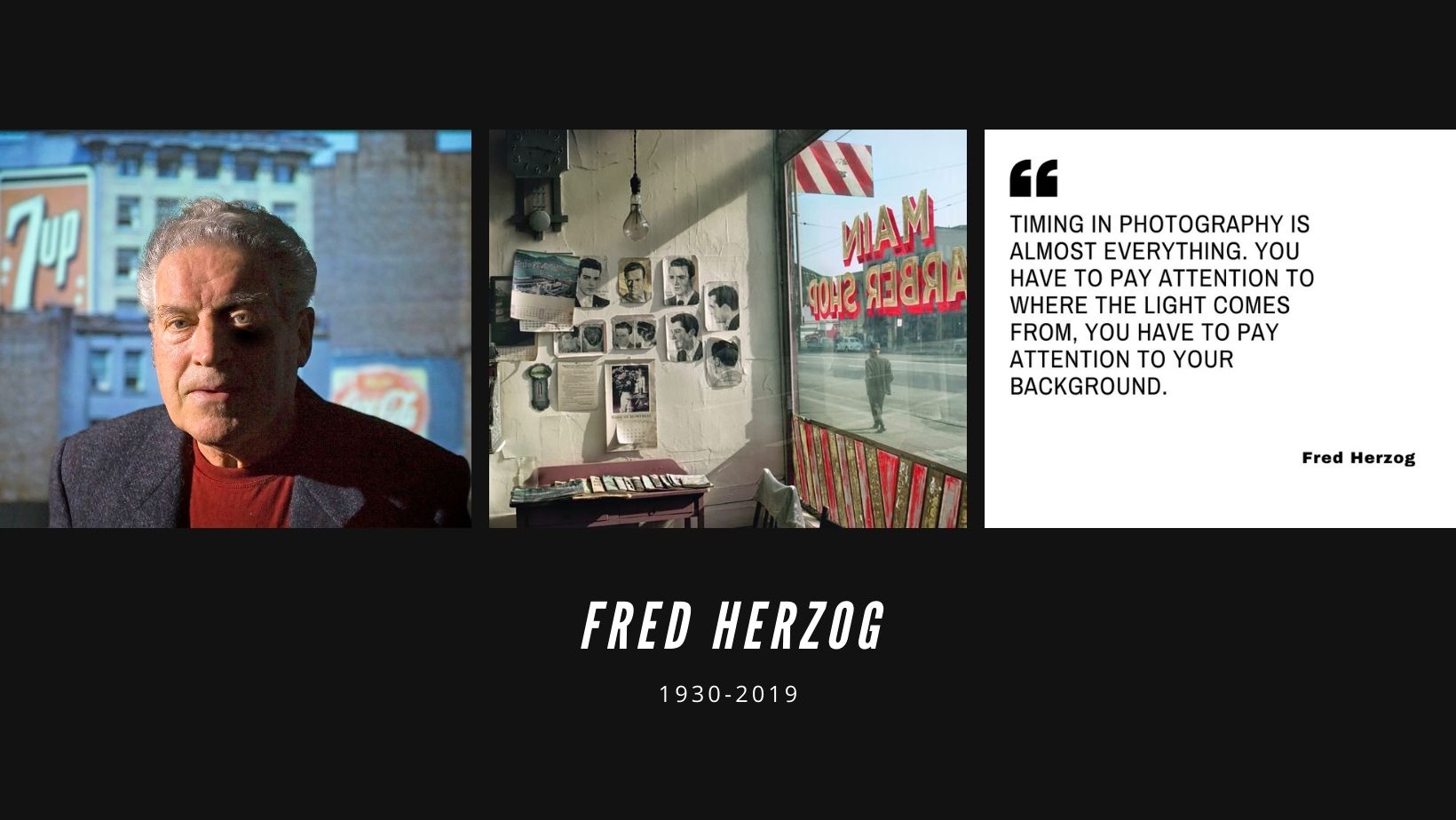
Aside from oozing nostalgia, Fred Herzog was darn good at taking photos of the most mundane things and making them look beautiful, proving over and over again that it’s not what you photograph but how you photograph it. He also didn’t venture far from home, with the majority of his work being focussed on Vancouver, Canada, where he lived. And don’t get me started on his glorious colour palettes! He seemed also drawn to graphics and motifs such as barber shop stripes, neon signs and coca cola logos — all great elements that added pops of colour to ordinary every day scenes.
DISCOVER MORE
Fred Herzog: Modern Colour by Fred Herzog
Fred Herzog: Photographs by Fred Herzog
- Jill Freedman (1939-2019)

Jill Freedman was a remarkable woman as a well as a remarkable photographer. She really cared about her subjects — often living amongst them in order to photograph their lives. And she loved her subjects so much that she honoured them with near perfect if not perfect composition. She didn’t sacrifice the frame as a whole for the moment. And my goodness me she found plenty of amazing moments, and people and stories — and still she composed everything so gloriously. It is truly inspirational photography. Jill Freedman’s work blows me away.
DISCOVER MORE
Resurrection City, 1968 by Jill Freedman
FINAL THOUGHTS
I have only just scratched the surface of what there is to take away from the work of these incredible humans. And their life stories are just as important to learn about. I've been creating a series of "INSPIRATION" posts on instagram, with short bios of inspirational photographers, with a set of pictures. Go check it out!
And for all these listed books and more head HERE to the book store.
Words and pictures © Polly Rusyn | All Rights Reserved


























